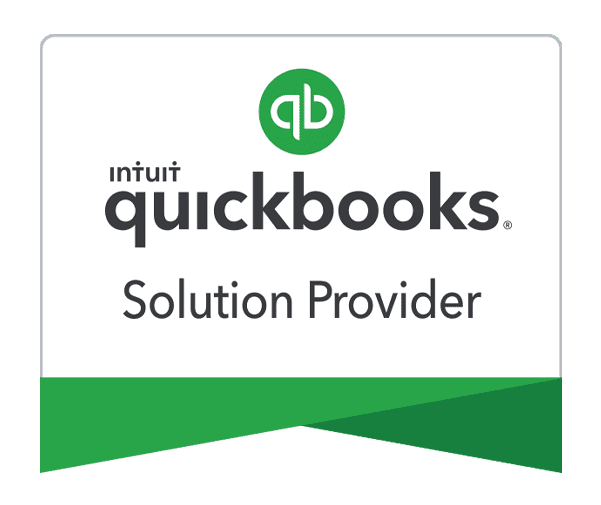Managing failed customer payments is essential for maintaining a steady cash flow and ensuring seamless business operations. NetSuite ERP offers comprehensive solutions to address the challenges of failed payments. It not only detects payment issues but also provides mechanisms to resolve them efficiently, minimizing the disruption to business operations.
NetSuite’s approach to handling failed payments is designed to reduce administrative burden while maintaining a high level of accuracy and customer satisfaction. The system automatically identifies when a payment fails—whether due to insufficient funds, expired credit cards, or other issues—and alerts the necessary stakeholders. This immediate notification allows businesses to take corrective action quickly, ensuring that issues are resolved before they impact cash flow or customer relationships.
How NetSuite Manages Failed Payments
Payment Failure Detection and Notification
When a customer payment fails, NetSuite’s SuitePayments solution swiftly detects the issue. The system is integrated with various payment gateways, allowing it to monitor transactions in real time. As soon as a payment failure occurs, NetSuite triggers an automatic alert, notifying both the business and the customer of the issue. This feature is crucial for preventing small issues from becoming larger problems, as it allows businesses to address the failure before it affects their cash flow or customer satisfaction.
NetSuite also provides detailed information about the failed transaction, including the reason for the failure, such as insufficient funds or an expired credit card. This transparency enables businesses to understand the root cause of the issue and take appropriate corrective measures. Additionally, the system offers customization options, allowing businesses to set up specific alerts and notifications based on their unique needs.
Automated Retry Mechanism
One of the standout features of NetSuite in handling failed payments is its automated retry mechanism. When a payment attempt fails, NetSuite can automatically retry the transaction after a specified period. This feature significantly reduces the need for manual intervention, as the system handles the retry process according to predefined rules set by the business.
The automated retry mechanism not only increases the chances of successful payment but also enhances operational efficiency by reducing the time spent on manual payment recovery processes. Businesses can configure the retry frequency and the number of attempts, giving them flexibility in managing customer payments based on their specific requirements.
Customer Communication and Support
In addition to detecting and retrying failed payments, NetSuite emphasizes clear communication with customers. When a payment fails, NetSuite can automatically send a notification to the customer, explaining the issue and providing steps to resolve it. This communication can include links for updating payment information, such as entering a new credit card number or selecting an alternative payment method.
NetSuite’s customer portals also play a vital role in managing failed payments. Customers can log in to their accounts, view their payment history, and address any issues directly. This self-service approach reduces the workload on customer service teams and empowers customers to resolve payment problems quickly and conveniently.
How to Better Manage Customer Payments with Payment Integration
Integrating a payment processing solution with NetSuite’s ERP system is crucial for businesses aiming to streamline their financial operations. By centralizing payment processing within NetSuite, businesses gain a comprehensive view of their transactions, from invoicing to payment collection. This integration helps in identifying and addressing failed payments more efficiently, as all payment-related data is accessible in one place.
Centralized Payment Processing
NetSuite’s integrated payment solutions allow businesses to manage all payment activities within the same system that handles their financials, inventory, and customer relationship management. This centralization simplifies the reconciliation process, as payments are automatically matched with the corresponding invoices, reducing errors and administrative work. By having all financial data in one platform, businesses can quickly identify and resolve issues, such as failed payments, before they impact the broader financial health of the company.
Enhanced Reporting and Analytics
Another significant advantage of integrating payment processing with NetSuite is the ability to generate detailed reports and analytics. NetSuite’s robust reporting tools allow businesses to track payment trends, identify recurring issues, and analyze the effectiveness of their payment collection strategies. For example, a company can generate reports on the frequency of failed payments, categorize them by reason, and adjust their payment policies accordingly.
These insights can help businesses optimize their payment processes, reduce the occurrence of failed payments, and improve overall cash flow. Additionally, having real-time access to payment data enables more accurate financial forecasting, as businesses can better predict future cash inflows based on historical payment data.
Multiple Payment Methods and Flexibility
NetSuite supports a wide range of payment methods, including credit cards, ACH transfers, and digital wallets, offering customers flexibility while ensuring businesses can accommodate various payment preferences. This flexibility is vital for minimizing failed payments, as customers are more likely to complete transactions successfully when they can choose their preferred payment method.
Furthermore, the integration of multiple payment options within NetSuite allows businesses to implement alternative payment strategies automatically when a preferred method fails. For instance, if a credit card payment fails, the system could prompt the customer to use an ACH transfer or a digital wallet, increasing the likelihood of successful payment completion.
See how to process credit cards and ACH payments in NetSuite.
Automated Workflows for Payment Recovery
Integrating payment processing with NetSuite enables the creation of automated workflows that streamline the recovery of failed payments. For example, if a payment fails, NetSuite can automatically generate a follow-up action, such as sending a reminder email to the customer, scheduling a retry, or even placing the customer’s account on hold until the payment issue is resolved. These automated workflows reduce the need for manual intervention, allowing businesses to focus on more strategic tasks while ensuring that failed payments are promptly addressed.
For more information, see why NetSuite payment integration is essential for businesses.
How to Streamline Cash Flow with Integrated Payments
The integration of payment processing within NetSuite plays a crucial role in improving cash flow management. By ensuring that all payment-related activities are closely monitored and managed within a single platform, businesses can reduce the time it takes to collect payments, minimize the occurrence of failed transactions, and ultimately maintain healthier cash flow.
Improved Customer Experience
A seamless payment experience is essential for maintaining customer satisfaction and loyalty. With NetSuite’s integrated payment solutions, businesses can provide a consistent and reliable payment process, reducing the likelihood of errors that could frustrate customers. Additionally, the system’s ability to handle failed payments efficiently means that customers are less likely to experience disruptions, such as service holds or delays, due to payment issues.
By offering multiple payment options and ensuring that failed payments are addressed swiftly, businesses can enhance the overall customer experience, leading to higher retention rates and increased revenue.
Reducing Administrative Overhead
Managing payments can be a resource-intensive task, particularly when dealing with failed transactions. NetSuite’s integrated payment processing reduces the administrative burden by automating many of the tasks associated with payment collection, reconciliation, and recovery. This automation frees up staff to focus on more value-added activities, such as strategic financial planning or customer service improvements, while also reducing the likelihood of human error.
Conclusion
If you’re ready to integrate NetSuite with a payment processor to better manage customer payments and streamline your financial operations, our experts at Paygration are here to help. We specialize in setting up seamless integrations that connect your NetSuite ERP system with leading payment processors, ensuring that your business benefits from enhanced payment tracking, automated workflows, and real-time financial data.
To get started with NetSuite payment integration, call us at 866-949-7267 or click the link below to schedule a free demo.

















